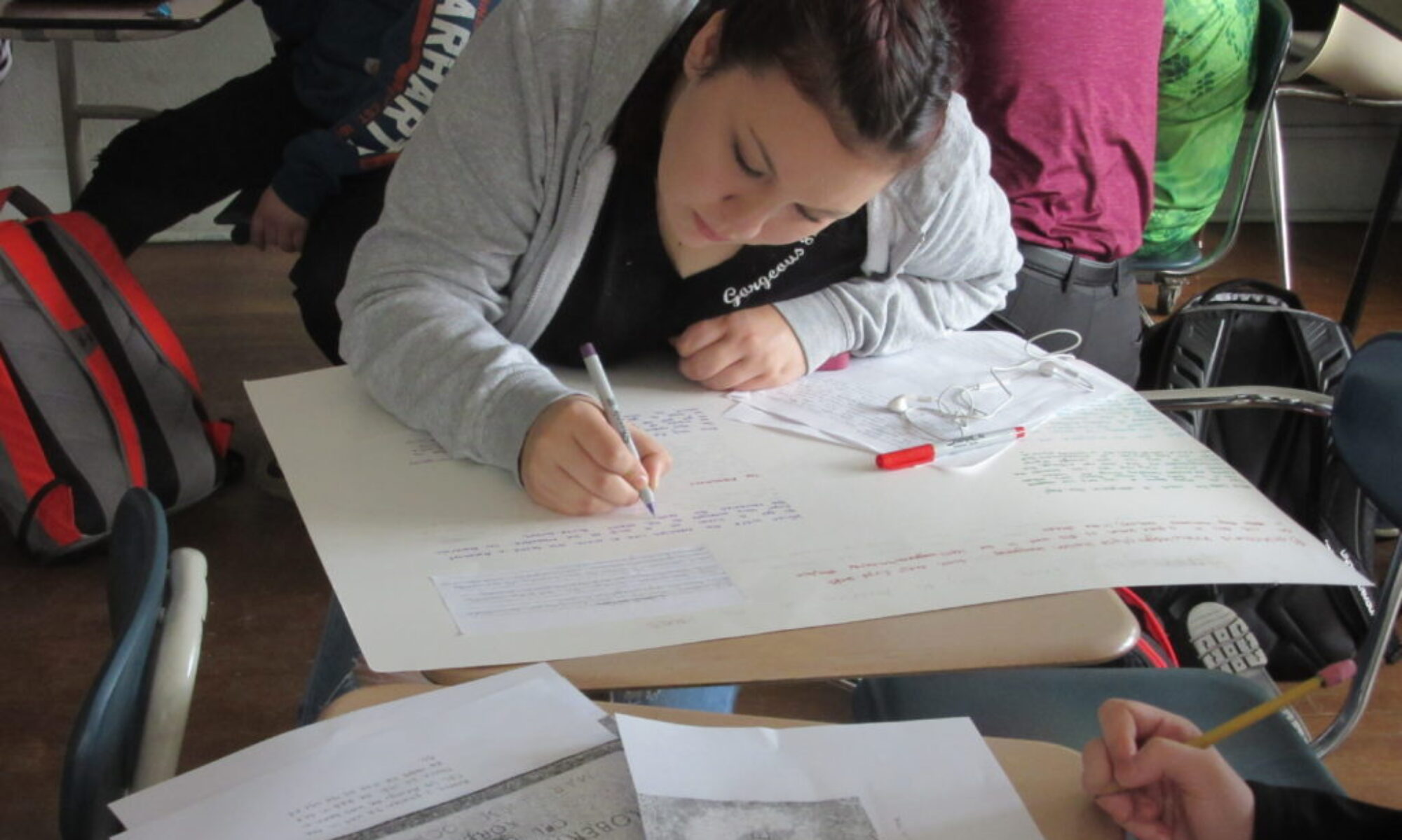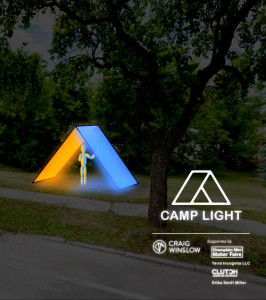This past summer, we hosted another successful year of Tarrant Code Camp, where campers from all over Vermont came together to learn iOS development, website design, gaming, robotics and art.
Yes, art.
UVM Computer Science professor Robert Snapp taught campers how to code through the use of Processing, a programming language that translates code into visual and audio movement. But can students really learn to code by creating art? And what can you do with Processing after camp, anyway? We tackle those questions, along with the best way to explode a human head, in this episode of our podcast, “Code is art”.
Give it a listen.
You can subscribe to our podcast, The 21st Century Classroom, via SoundCloud or Podomatic. This episode features interviews with Danville, Vermont educator Karen Budde, who helped out Professor Snapp with his Code Camp strand, and Burlington-based digital artist Craig Winslow, who creates public art installations using Processing, and blogged about his involvement with Code Camp here. You can also listen to the previous episode here.
By the way, the tree that grows when you wave at it is a real thing, and here it is in action:
Let us know if you’re an art educator who’s interested in doing some Processing work with your students, or whether you’ve tried it already and want to join in the conversation. Our door is always open and we welcome listener and reader feedback.
Craig Winslow, along with partner in crime (and Tarrant Code Camp iOS instructor) Justin Kuzma will be debuting a new Processing installation at this weekend’s Art Hop in Burlington. It’s entitled Camp Light and will look something like this:
Check ’em out. And if you’ve got an idea for an upcoming episode of The 21st Century Classroom, give us a shout.




New podcast ep: Teaching code through making art http://t.co/Ym2lNkDBGa #arted
New podcast ep this morning on teaching kids to code in #VT by making art http://t.co/GS9If95m2r #btv MT @craigwinslow
RT @oddmonstr: New podcast on teaching kids to code in #VT by making art http://t.co/sZV2HKJEbr #btv #processing #arthop
New podcast ep with Danville’s own Karen Budde and @craigwinslow on teaching Ss to code with art http://t.co/AZtgGkOa4F #arted
RT @innovativeEd: New podcast ep with Danville’s own Karen Budde and @craigwinslow on teaching Ss to code with art http://t.co/AZtgGkOa4F #…
Thank you to @innovativeEd for featuring my work & interviewing me as part of their latest podcast, Code is Art! http://t.co/Sj8pTHoiVc
RT @craigwinslow: Thank you to @innovativeEd for featuring my work & interviewing me as part of their latest podcast, Code is Art! http://t…